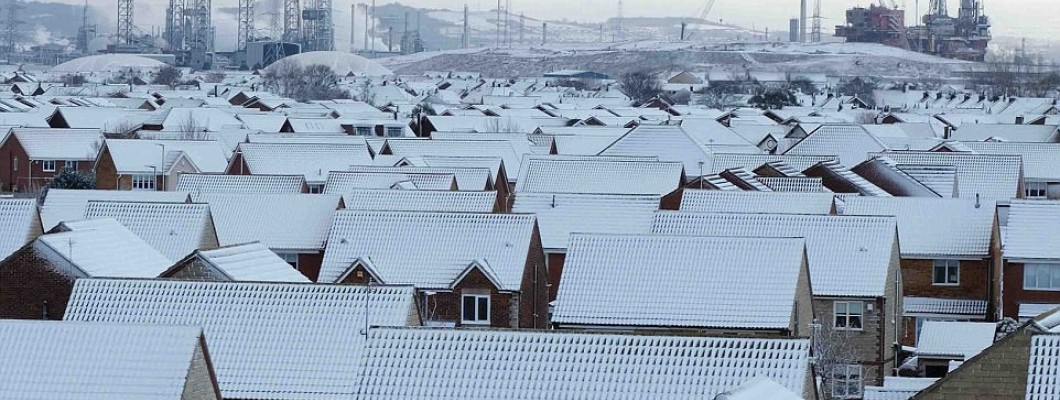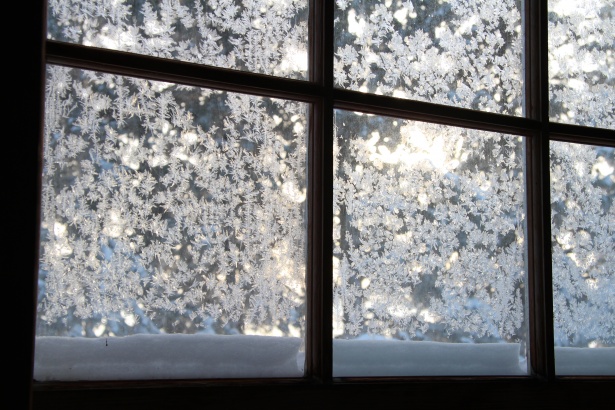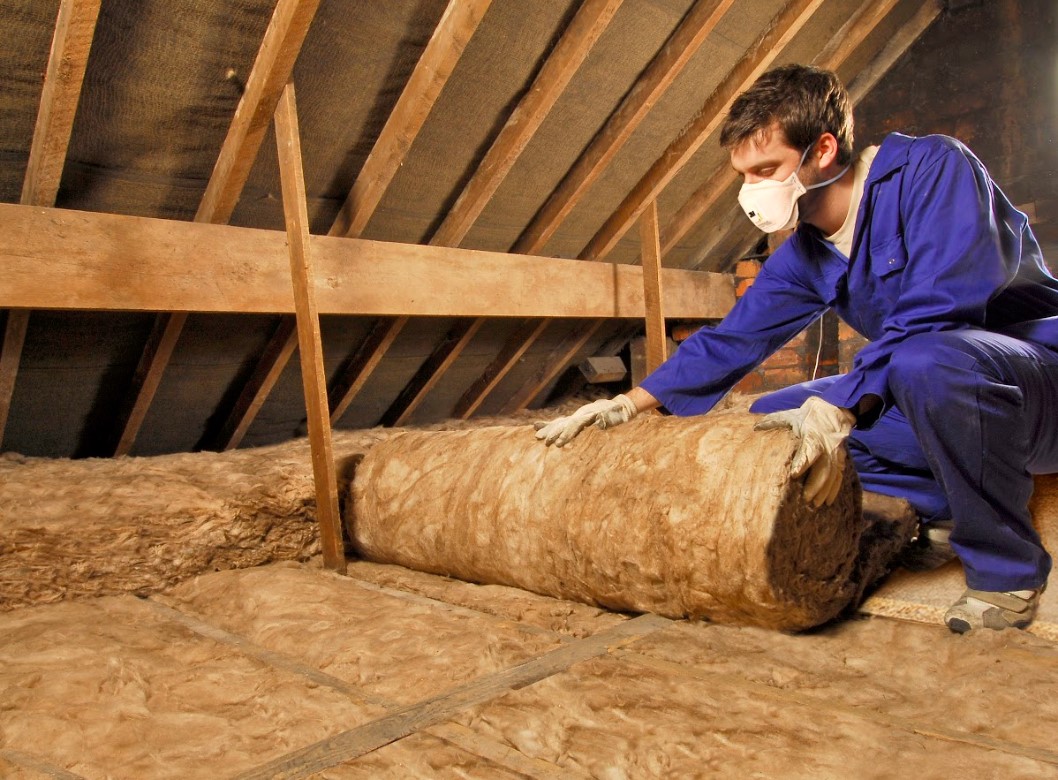
As the days get darker and the artic air blows in, we all see the tell-tale signs that winter is coming.
But as the snow starts to settle, you might see a blanket of snow covering everything but your roof.
Unfortunately, this probably means that you don't have the best loft insulation. Luckily for you installing loft insulation is a relatively straightforward process to follow.
How do I Know if I Need to Insulate?
If you're asking questions like "should I insulate my loft?" this is an easy question to answer. Since 2003 UK building regulations recommended new developments have a depth of loft insulation above 270mm.
If your insulation is less than 250mm deep or is over 15 years old, it might be time to install new insulation.
If the property was constructed under older building regulations you might find 100-200mm of insulation up there. If this old insulation is slumped or saggy, it will need removal and replacement. However, if it looks okay, you can add the extra thickness to achieve a 270 -300mm overall depth.
Do you have cold draughts? If so, you might need these replaced as the technology of windows and door insulation keeps improving, meaning replacing your older windows and doors is well worth the investment. (Especially if they are damaged and dont seal correctly).
![]()
Where do I Start?
As you may know, heat rises, meaning that as much as 30% of heat loss occurs through your loft. Loft insulation is also the easiest form of insulation to replace and is a great place for a DIY user to start.
Another great solution to explore is to get old windows replaced with double or triple-glazed windows.
As outdoor temperatures fall far below levels, a general goal for your insulation should be to ensure that you have all the recommended insulation thicknesses installed.
Windows & Doors
The first recommended best industry practice is that you have modern airtight doors and windows free of draughts.
If you can feel a minor freeze or whistling near windows or doors when it's windy, you probably need to have this looked at by a professional. Even considering the high cost of modern doors and windows, this is more than worth the investment based on the financial savings you will see over time.

Loft Insulation
If you're wondering "what is the best option for loft insulation?" this following section is for you.
Next is to ensure you have an appropriate loft or roof insulation. Remember that this depends on if you need a warm loft or a cold loft construction.
What is the difference between a warm and cold loft? warm lofts are where you have a living space in the loft, this design requires the insulation to be in the rafters and under the floor.
A cold roof is best when there is no living space in your loft, this is the most common type of loft in the UK. The cold roof design is also the most cost-effective as only the loft floor needs insulating, meaning excess money isn't spent on heating the loft space.

How to Fit a Warm Loft
PIR Insulation boards are the most common option when insulating a warm loft space. These are to be fitted in between the roof joists and insulation foam sprayed into any gaps.
There is also an option to double up by fitting the insulated PIR plasterboard on top of the rafters for added insulation. The process for a cold loft installation is required for the floor of the warm loft room.
How to Fit a Cold Loft
This is the most cost-effective option, you will need loft insulation rolls and additional optional extras of loft stilts and OSB boards if you want storage.
Here is a video from Knauf insulation on how to install Loft Insulation:
Underfloor & Cavity Insulation
Underfloor and cavity wall insulation are harder to fit and often require a professional for new insulation in these areas.
This process can cost more due to labour costs which is why we recommend that you start with loft and windows before considering these options. If you think this is something you might require, the best option is to get a professional consultation.
Conclusion
In conclusion, we have found that a loft insulation system is a great place to start if your current one is not ideal.
If new loft insulation doesn't get your property insulation to the level you need it, you want to explore more drastic options from professionals. These include cavity and floor insulation replacements which are less straightforward options.
The main thing recommended is to set a budget and then identify where your property loses the most heat so you can build the most effective plan of action based on your insulation budget.












































































































































